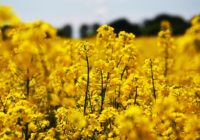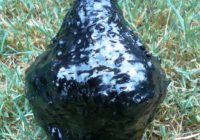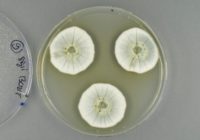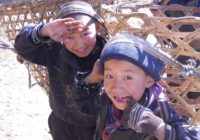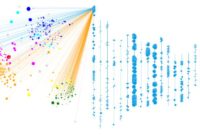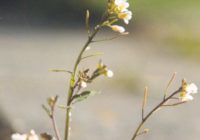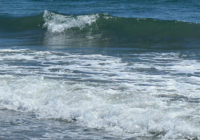The broiler chicken intestine – an apt target for proteomic studies
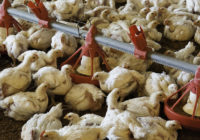
With chickens soon to become the most widely consumed meat in the world, efficiency in growth and feed utilization are essential to the industry. The chickens’ intestines play a crucial role in this and their health and well being, making the intestine a prominent area of poultry research. Here to discuss this field is Emily O’Reilly, author of a research paper recently published in Proteome Science.
1
